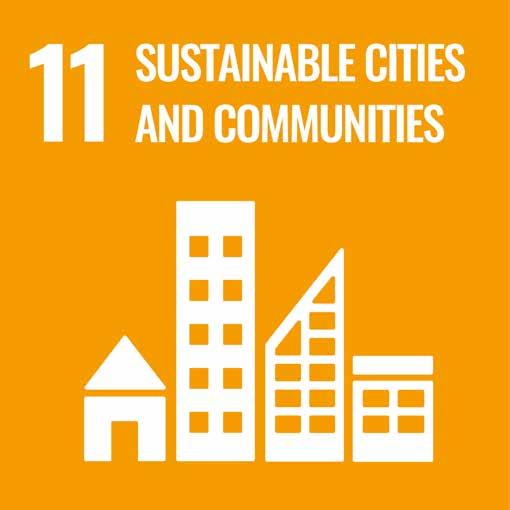
2 minute read
Cultural environment management is part of the solution
Climate change is the major challenge of our time. The impact of climate change will be extensive and wide-reaching for our cultural monuments and sites, cultural environments and landscapes, and is expected to increase in the coming years and decades. We are at risk of losing cultural environments as a result of decay and surface biological growth, and more frequent extreme events such as floods, storms, and landslides. This development poses challenges to the cultural environment management regarding its work to safeguard key cultural-historical values and interests.
We are all responsible for achieving the goals of the Paris Agreement. If we are going to be able to limit the negative impacts of climate change, cutting greenhouse gas emissions fast enough will be imperative. The good news is that rehabilitating, reusing and improving the energy efficiency of existing buildings can contribute to reducing emissions. If we take care of buildings and use them considerately and inventively, we will be able to reduce greenhouse gas emissions while preserving important cultural-historical values. The actors in the cultural heritage field have expertise in rehabilitation and reuse, and a growing number of good examples of the new use of buildings are emerging, with beneficial knock-on effects. Cultural monuments and sites, cultural environments and landscapes, tell us how various climate problems have been met before. They can therefore teach us how to deal with our current climate problems.
Throughout history, people have had to adapt to changing climatic conditions. Most cultural monuments and sites have traditionally been created and maintained in a manner that leaves a modest climate impact. The materials used have been ecofriendly, durable and sourced locally. The impact on the landscape has been limited to the absolute necessary. Cultural landscapes have traditionally been maintained in a way that preserved biodiversity. Against this backdrop, cultural environments provide important sources of knowledge for the sustainable use of resources. Cultural history can guide us in planning for the future and facilitate sustainable development. This knowledge has value that can be applied to other sectors in society.
However, we are still facing many challenges, and there is considerable need for a cohesive, purposeful management practice for cultural environments and the climate. This climate strategy is a tool for anyone working with cultural environments. The strategy aims to show how cultural environments can help reduce greenhouse gas emissions, and to help the actors in the cultural heritage field to be better equipped to deal with climate change in the years to come.

HANNA GEIRAN, CEO OF THE DIRECTORATE FOR CULTURAL HERITAGE

THE EDVARD MUNCH UPPER SECONDARY SCHOOL in Oslo opened in 2015 in a building that previously housed the Norwegian National Academy of Craft and Art Industry. By using as many of the original building parts as possible, including a workshop hall from the previous school period, cultural and architectural values have been retained and preserved. To improve accessibility and circulation in the building, a new main entrance was built in the back yard, with a new lift tower and extended staircase in the main stairwell. Photo: Lene Buskoven, Directorate for Cultural Heritage







